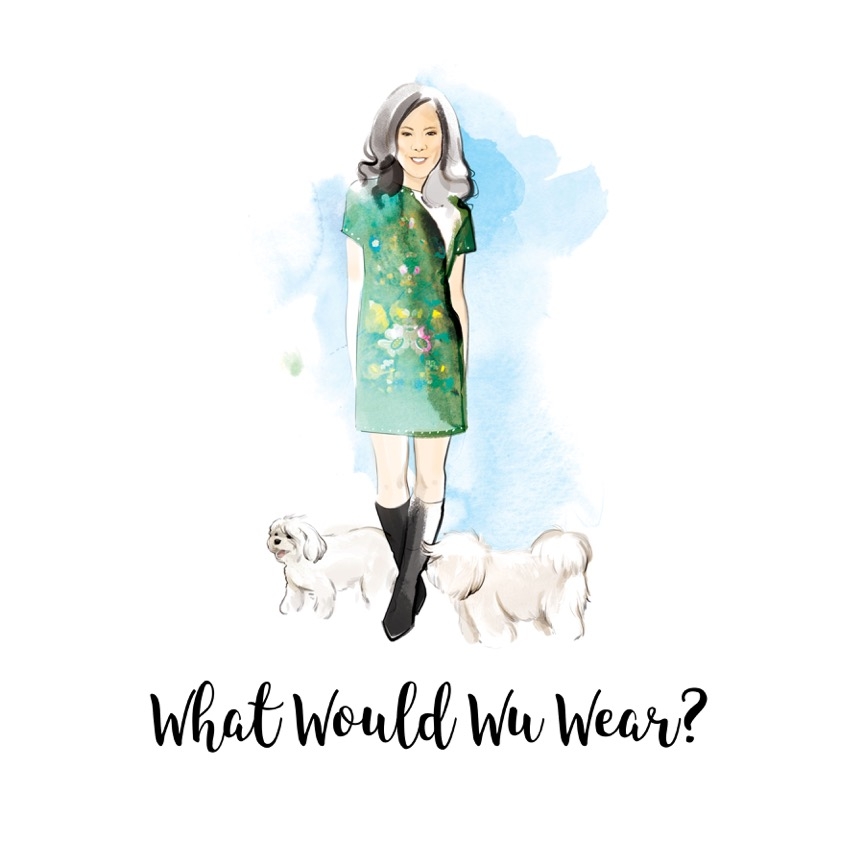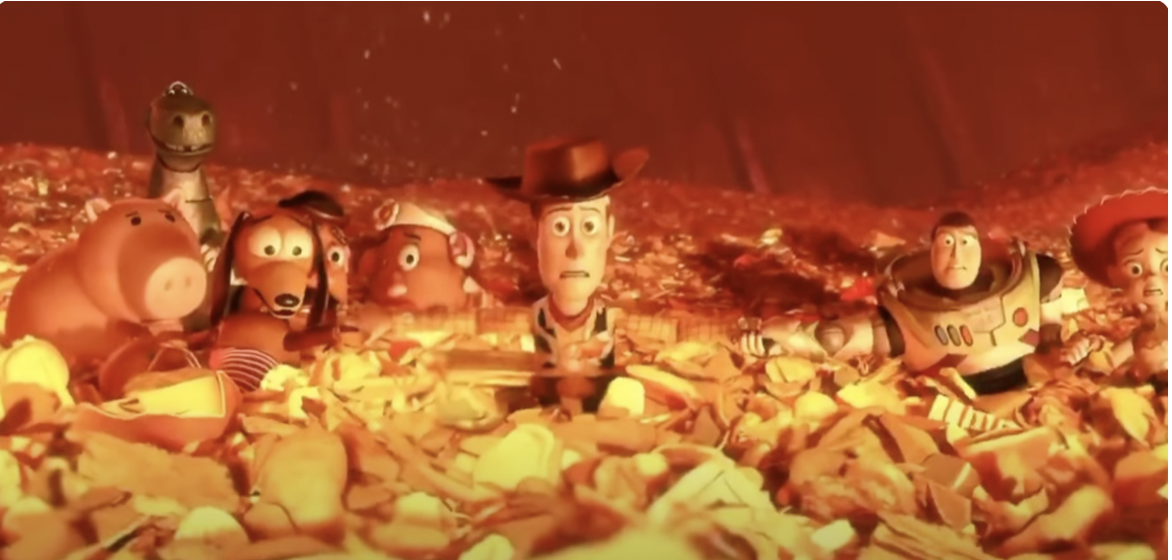On the Power of Holding Hands

Oh, yeah, I'll tell you somethin'
I think you'll understand
When I say that somethin'
I want to hold your hand
“I Want to Hold Your Hand,” The Beatles, 1964
There was a lot to be terrified by when a chunk of a Boeing 737 blew off during a recent Alaska Airlines flight, but one story from that incident left me with a major lump in my throat:
“Is it OK if I hold your hand?” said the woman seated next to [passenger Christopher] Hickman. He said yes. He clasped the woman’s hand and that of his mother, Teresa. “We were just all trying to comfort each other at that point.”
Having been on my share of bumpy flights, I know the power of holding hands during turbulence. It doesn’t make the flight any less turbulent, and it certainly wouldn’t protect me in the event of a major disaster. But something about reaching out and holding hands — whether it’s with a partner, a child, or a total stranger —moves me profoundly.
On the one hand, holding hands is so benign that, in the baseball version of physical intimacy, it’s merely first base. It’s closeness for beginners. But it’s also such a universal gesture of bonding that John Lennon and Paul McCartney built a whole song around the simple phrase “I Want to Hold Your Hand,” and wrote a hit that’s still beloved 60 years later.
Think about all the beautiful times you’ve held hands. Here are a few I remember vividly:
… A few minutes after my son was born (admittedly, he was so tiny that he could only hold my finger, but it counts).
… As I recited my wedding vows.
… When I was hearing scary medical news alongside a family member.
… At the bedside of a sick friend.
… During a scary movie with my husband.
… Taking a walk with my son on the beach.
… Saying goodbye to my beloved 16-year-old dog, Ace (paws count, too).
… Anytime I’m with my beautiful granddaughter Scarlett.
I could go on, but you get the picture.
One of my favorite scenes in movie history is this one from Toy Story 3. For those of you who didn’t see it, the Toy Story gang — Buzz, Woody, Mr. and Mrs. Potato Head, Jessie, Ham, Rex, Bullseye, and Slinky — have all been dumped into an incinerator and are inching their way toward certain death. They attempt to run, but it’s obvious they can’t get away.
Jessie yells, “Buzz, what do we do?!” In response, stoic Buzz gets a resigned look on his face and reaches his hand out to Jessie, who understands what he’s saying, and then reaches out to Bullseye. The toys then, one-by-one, reach out their tiny, plastic hands to each other and prepare to face their death together.
I challenge you to watch that scene and not be weeping by the end. It’s a testament both to the genius animators at Pixar (who somehow made a plastic T-Rex reaching out for a companion’s hand an incredibly touching moment) and the enduring power of holding hands.
It’s at once empowering, unifying, resolute, and resigned.
But the power of this gesture extends beyond the realm of symbols and echoes. Psychological studies reveal a symphony of benefits that bloom when we hold hands. The simple act of physical contact lowers stress hormones, increases feelings of security, and even boosts our immune system. It's a silent conversation, a biological reassurance that we're not alone, that we're part of something bigger than ourselves.
So, the next time you walk with someone, don't just walk side-by-side. Reach out, intertwine your fingers, and listen to the silent symphony that plays in the space between your palms. It's a reminder that we are not alone, that connection is a primal need, and that in the simple act of holding hands, we find solace, comfort, and the reassuring melody of our shared humanity.

